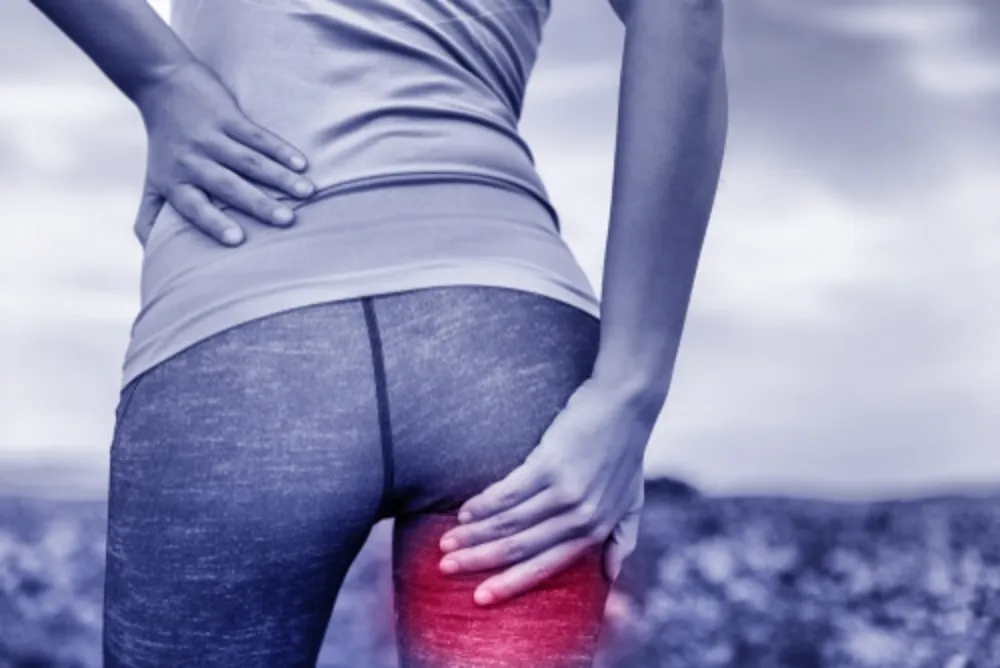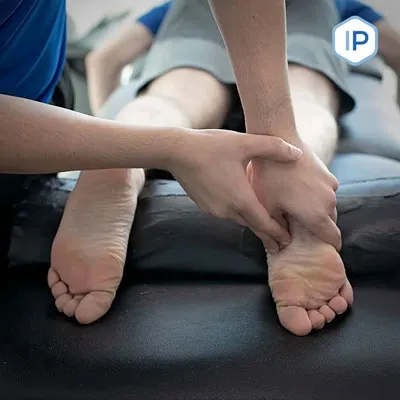RUNNERS: What is proximal hamstring tendinopathy (PHT) and how do you know if have it?
PHT is quite literally a pain in the bum, especially for the runners out there!
It often starts as a little niggle at the back of your thigh under your bottom, but can progress into something more stubborn and tricky to shake off. This is why it is best to get it treated before it progresses! Here at our Physio clinic in Leeds we have lots of experience in helping runners with their hamstring pain and we are going over the next couple of blogs, share some practical tips and knowledge on this problem that is more common than you think!
What is PHT?
PHT is a tendinopathy (chronic overuse injury) of the common hamstring origin; which is where your hamstring muscles attach to the bone at the bottom of your pelvis.
There are 3 muscles that make up the hamstrings, these muscles run down the back of your thigh and their main role is to bend your knee and extend your hip on walking and running. They are responsible- alongside your glutes- for force production on the push off phase of running i.e they help to propel you forward.
During running, the proximal hamstring tendon can be repetitively stretched and compressed; where there is a weakness this can lead to inflammation of the tendon. If the tendon does not get a chance to recover and heal before it is challenged again, it can become chronically inflamed and irritable, leading to tendinopathy.
What are the symptoms of PHT? Symptoms of PHT include:
● Pain deep in the buttock/back of the thigh
● Pain aggravated by prolonged sitting- stiffness on standing and moving
● Pain aggravated by faster running or running uphill
● Pain on movements such as lunging
● pain/pulling on reaching forwards to touch your toes
● Pain on pushing off at the beginning of a run or interval
● Discomfort/pain that is worse at the beginning of a run then eases off and is worse after
What causes PHT and increases chances of developing it?
There are many factors that can contribute to the development of PHT; whether they are associated with your lifestyle and environment or associated with your posture and biomechanics. Here are some of the contributing factors:
● Hamstring weakness
● Glute weakness/inhibition
● Hip flexor tightness/reduced hip extension
● Weakness of the core muscles that control your pelvis
● Sudden increase in training volume
● Inefficient biomechanics or heel striking
● Excessively long stride and forward lean
What should i do if i suspect i have a PHT?
If your training is being affected or even put on hold due to pain, then get in contact with one of our expert physiotherapists here at Indergaard Physiotherapy. Your physiotherapist will perform a thorough assessment and do the relevant clinical tests to diagnose your problem and provide you with a specific, personalised rehabilitation programme. Alongside this your physiotherapist will perform manual therapy techniques and may discuss other treatment modalities with you such as shockwave therapy, EMTT and laser therapy.
To learn more see the next installment on how to combat PHT.

